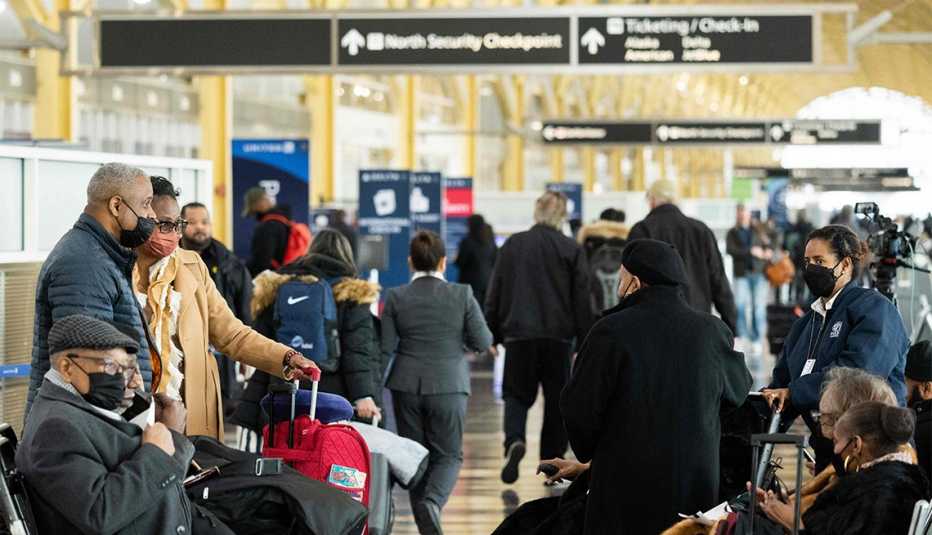AARP Hearing Center
Let’s start with words of reassurance: Commercial aviation is the safest form of public mass transit in the world.
It’s important to establish that point from the outset, in light of a Singapore Airlines flight this week that hit severe turbulence and tossed passengers and crew around the cabin. One person died and dozens of others were injured.
On Tuesday, the Boeing 777 flight from London to Singapore hit severe turbulence over the Adaman Sea, forcing the plane to be diverted to Bangkok. A 73-year-old British man died. The plane carried 211 passengers and 18 crew members.
Aviation experts arrived in Bangkok on Wednesday to begin the investigation into why the plane went into a dive, descending 6,000 feet in about three minutes, according to the airline. The U.S. National Transportation Safety Board is also sending an accredited representative and four technical advisers to support the investigation because the incident involved a Boeing plane, said Singapore Transport Minister Chee Hong Tat.
This occurrence of turbulence follows an incident in March 2023. On March 1, 2023, actor Matthew McConaughey and his wife, Camila Alves McConaughey, were on a Lufthansa flight from Austin, Texas, to Frankfurt, Germany, when the Airbus A330 encountered “severe turbulence” that forced the plane to divert to Dulles International Airport in Virginia. Seven people were injured. In December 2022, 25 people were injured when a Hawaiian Airlines flight from Phoenix to Honolulu encountered clear-air turbulence.
Although because of recent media reports it may seem like cases of extreme turbulence are occurring more frequently, pilots say their experiences in the skies do not point to stepped-up encounters. From 2009 to 2022, the Federal Aviation Administration (FAA) reported 163 serious turbulence injuries. Two pilots who spoke to AARP indicated that although turbulence is scary, there is virtually no likelihood of it being the cause of a plane crash, and that clear-air turbulence is, was and always will be a part of flying.



































































